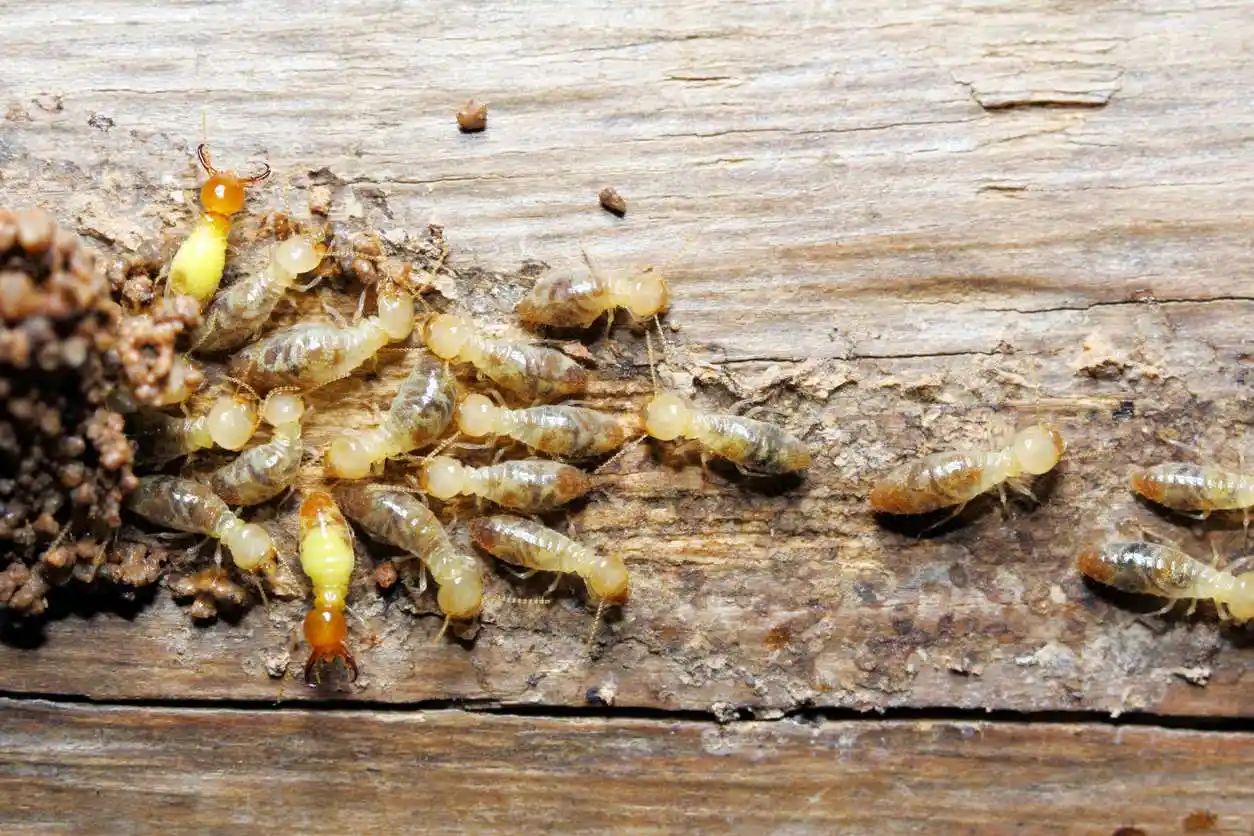In Arizona, termites can eat away at homes, businesses, and other structures, causing damages that jeopardize the integrity of the building and come with a hefty repair bill. And while there are more than 15 different types of termites that call Arizona home, there are three that typically cause problems for property owners: dampwood, drywood, and subterranean termites.
These pests can be incredibly difficult to notice until the damages are already quite extensive. To defend your home from termites, it’s helpful to know how to spot a breakout and eliminate the issue as quickly as possible. Learn more about Arizona termites in this blog from Burns Pest Elimination!
Three Harmful Types of Termites in Arizona
Three types of termites in Arizona are particularly known to cause damage to properties or homes. They include the following:
- Dampwood termites. As the name implies, these termites typically prefer to feed on damp wood that is below ground, such as the roots of trees and shrubs. However, they will also eat fence posts, door frames, and other materials they find on the surface. Dampwood termites are typically brown or yellowish in color, and can be anywhere from 20 to 25 mm long.
- Drywood termites. Drywood termites love to feast on sound, dry wood, such as that found on decks, fencing, building structures, and dead trees or firewood. These pests are dark red and black and are unique in that they can fly.
- Subterranean termites: Subterranean termites are known as one of the most destructive species of its kind as they eat wood 24 hours a day, leading to substantial structural damage over time. These termites are typically white or dark brown in color and make their trademarked mud tubes when burrowing into wood.
How To Spot a Termite Breakout
If you notice signs of dampwood termites, drywood termites, or subterranean termites in or around your home or property, it’s crucial to take fast action. Common signs you might have an Arizona termite problem include the following:
- Mud tubes. Small tubes made of mud on the home’s exterior walls. Subterranean termites create these tubes when they burrow into the ground to search for food.
- Termite droppings. When termites eat through homes, they leave droppings wherever they go. These look like tiny oval-shaped pellets or capsules and may resemble small piles of pepper or coffee grounds.
- Hollowed or damaged wood. Termites slowly eat away at the wood in or around your home. When you notice hollow spots in your floor, deck, or wooden siding, you can suspect you might have a termite infestation.
- Discarded termite wings. When swarms of termites find a place to settle down, they will discard their wings. Finding termite wings laying on the ground of your building or property is a surefire sign that an infestation has begun.
- Damaged drywall. Termites can feed on the paper in drywall and cause damage. You might notice small pinholes in the drywall where the termites have eaten through.
If you notice any of these signs of a termite infestation, we highly recommend reaching out to a pest control expert immediately. The more time termites have to feed on and multiply in the structure of your home or property, the more extensive the damages become.
How To Control Arizona Termites
Due to the nature of their nesting and feeding grounds, it can be extremely difficult to spot or treat a termite infestation on your own. If you notice the telltale signs of an outbreak, there is a good chance it has been brewing for quite some time already.
Whether you suspect a termite infestation has begun or want a set of trained eyes to inspect your home for one, give the Burns Pest Elimination team a call. Our highly trained team offers quality Los Vegas and Arizona termite control solutions. Stop worrying about how much damage termites could cause and take action into your own hands.
Contact us today to learn more about our termite control services.
